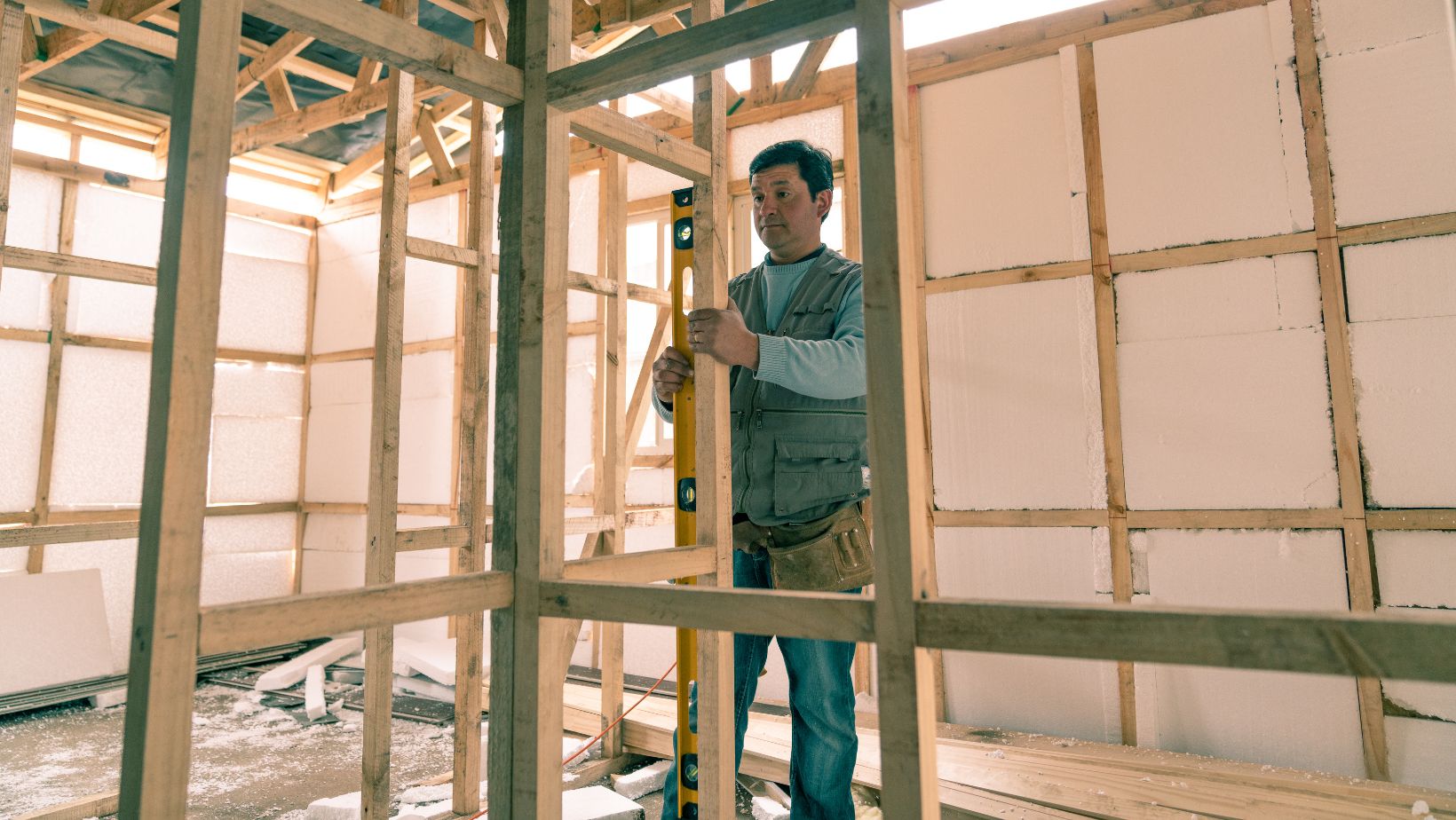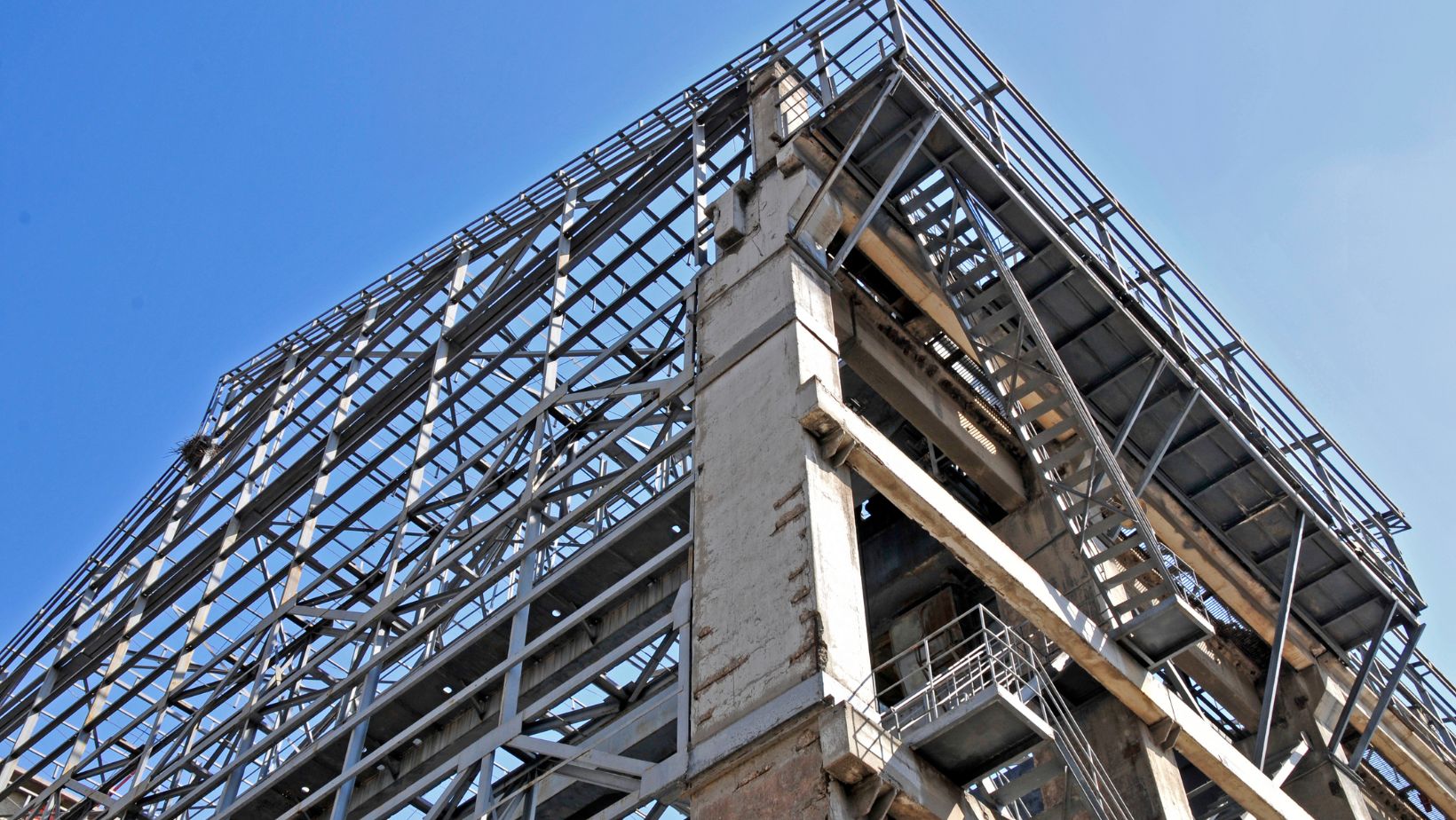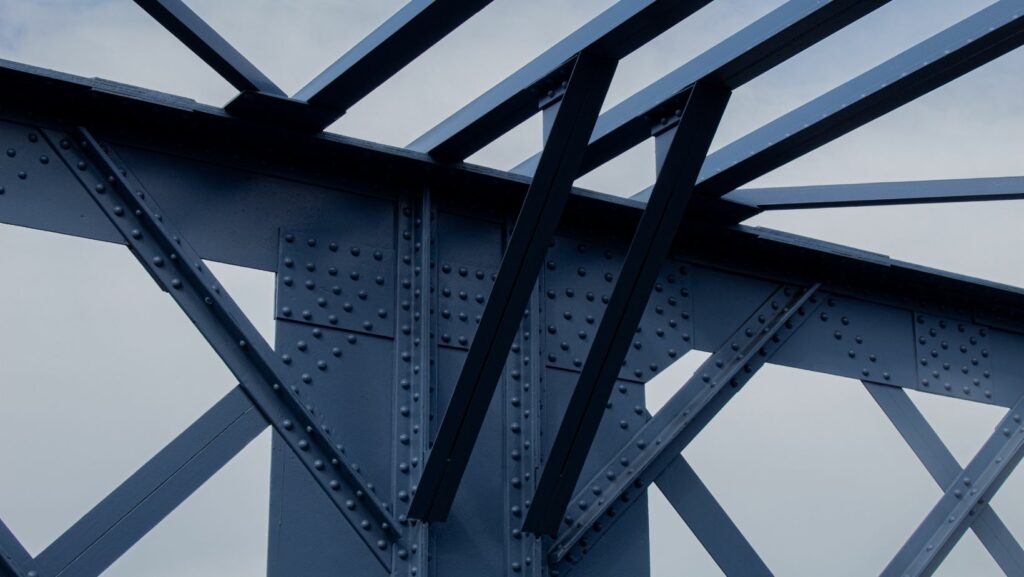Buildings rarely collapse overnight. Most structural failures start small — often so small they’re easy to miss. One of the most common culprits behind major structural issues is undetected surface cracking. These micro-defects can quietly expand over time, leading to compromised strength, safety hazards, or even catastrophic failure. That’s why regular inspection methods like dye penetrant testing are critical in catching these issues before they escalate.
Why Surface Cracks Matter More Than You Think
Surface cracks might look harmless at first glance, especially when they’re not deep or wide. But when these tiny flaws appear in high-stress areas — like welds, joints, or load-bearing elements — they can become entry points for corrosion, stress fatigue, or even structural fracture. What starts as a cosmetic blemish can turn into a safety risk if it isn’t identified and addressed quickly.
For property owners, construction professionals, and maintenance teams, spotting these early signs is a key part of responsible asset management. It’s not just about aesthetics or minor repairs — it’s about preventing costly disasters and ensuring the safety of occupants or workers.
Where Cracks Tend to Form
Cracks can develop for a variety of reasons — weathering, vibration, thermal expansion, or poor construction techniques. While not all cracks signal danger, some areas are more prone to risk than others:
- Welds and heat-affected zones in metal structures
- Concrete surfaces exposed to high heat or moisture
- Corners and joints where stress is concentrated

- Older materials that have degraded over time
- Surfaces exposed to frequent impact or movement
Knowing where to look is half the battle. The other half is using the right tools and techniques to inspect those areas thoroughly.
How Dye Penetrant Testing Works
Dye penetrant testing is a simple yet effective method for identifying surface-breaking flaws in non-porous materials like metals, plastics, or ceramics. It’s particularly useful for parts that are under stress or load, such as industrial components, support structures, or welded joints.
The process involves applying a liquid dye to the surface, allowing it time to seep into any cracks or defects. After a set period, the surface is cleaned and a developer is applied, which draws the dye out of the flaws — making them visible under proper lighting.
This method doesn’t require expensive equipment, works quickly, and can be applied to a wide range of surfaces. While it doesn’t detect subsurface issues, it’s excellent for catching early-stage cracks that can grow worse if left untreated.
Benefits of Early Detection
The real power of dye penetrant testing lies in its ability to support preventive maintenance. Here’s why it’s a smart addition to any structural health plan:
- Reduces long-term repair costs by addressing issues before they escalate
- Improves safety by identifying defects that could compromise integrity
- Extends the lifespan of equipment, components, and structures
- Minimises downtime for facilities or operations by avoiding unplanned failures
- Supports compliance with industry standards and inspection regulations
In high-risk sectors like construction, aviation, and manufacturing, these benefits aren’t just nice to have — they’re essential.
When to Call in the Experts
While dye penetrant testing can be learned and applied with training, it’s best handled by professionals when accuracy and documentation matter. Certified inspectors not only perform the tests with greater consistency, but they also know how to interpret the results and recommend action if needed.
Routine inspections should be part of your annual or semi-annual maintenance cycle, especially for aging infrastructure or critical assets. It’s also smart to schedule inspections:
- After repairs or welding work

- Following extreme weather or environmental exposure
- Before equipment is returned to service after long downtime
Even a small oversight can lead to big problems. Bringing in a trained eye ensures nothing is missed.
Build a Culture of Proactive Maintenance
Catching structural issues early isn’t about reacting to problems — it’s about preventing them. By incorporating simple, effective inspection techniques into your routine — and paying attention to high-risk zones — you stay one step ahead of wear and tear.
It doesn’t require massive investment or constant disruption. It just takes awareness, the right tools, and a commitment to catching the little things before they turn into big ones. That’s how you protect your assets, your budget, and the people who rely on your structure to be safe.

